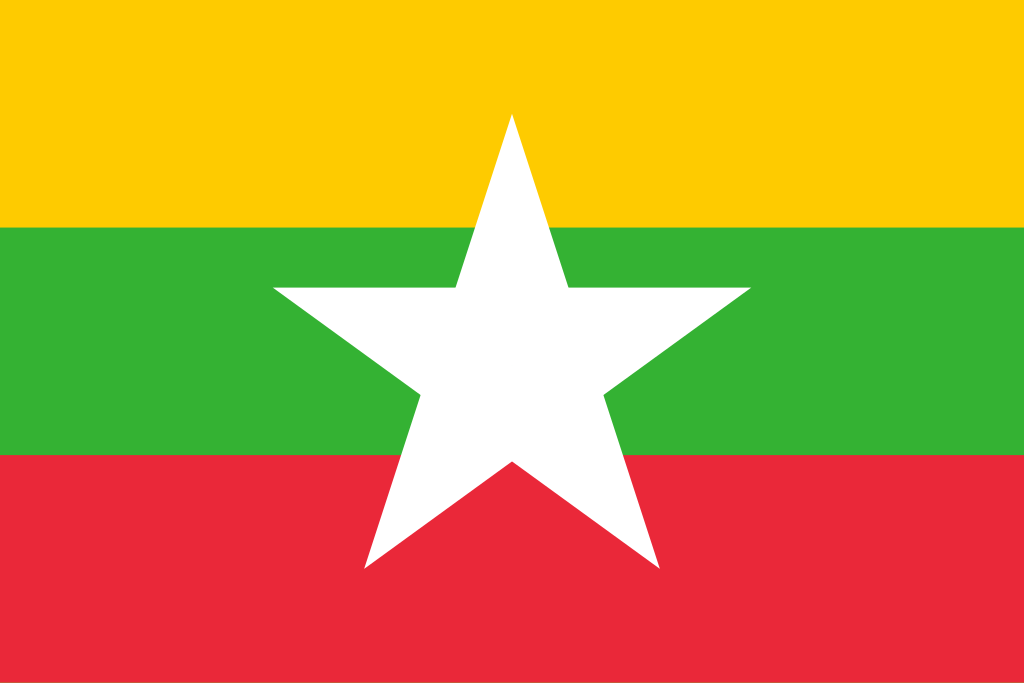Translation has evolved beyond the traditional realms of literary and non-literary texts in the 21st century. Today, translation touches numerous areas of communication and business. It’s no longer confined to books or articles. The scope has expanded into new forms of media, communication tools, and technologies. Below are some of the key trends in translation in the modern world.
1. Expanding Areas of Translation in the 21st Century
Translation has broadened its scope significantly in recent years. In addition to traditional texts, translation now spans several dynamic fields. Here are some of the areas where translation is actively used today:
- Films & TV Dubbing (Oral Interlingual): Translating spoken content for international audiences.
- Subtitles: Translation of dialogues for films, TV shows, and videos.
- Surtitles: Translation of dialogue displayed as text, often used in live theater.
- Written Lyrics of Songs: Translating song lyrics into different languages for global audiences.
- Instructional Manuals: Creating manuals that are available in multiple languages to cater to global users.
- Games and Websites User-Interface: Localizing online games and websites into multiple languages to reach international users.
- Bar Codes: Translating product information displayed on barcodes in different languages for global commerce.
2. 21st Century Trends in Translation Tools & Process
The tools and processes used in translation have also evolved significantly in the 21st century. Here are some of the most prominent trends in translation technology:
- Machine Translation: Software such as Systran and Trados has revolutionized the translation process by using automated tools to translate large amounts of text.
- Transliteration: This process involves converting text from one script to another, making it easier for people to pronounce foreign names and words.
- Computer-Assisted Translation: Tools that assist translators in maintaining consistency and improving productivity.
- Digital Dictionaries: Online resources that provide translations and language support in real-time.
- Automated Real-Time Translations: Innovations like Google Translate allow for the real-time translation of both written and spoken language, enhancing communication globally.
3. Globalization & Technological Advancements Impacting Translation
Globalization and technology have had a significant impact on translation trends. They have helped create new opportunities for both translation professionals and businesses aiming to reach international markets. Some key developments include:
- Globalization: The socio-economic, political, and cultural integration of countries has made translation essential for global communication. The demand for translating materials across languages has surged, facilitating global business and diplomacy.
- Technological Advancements: The invention of computers, smartphones, and the global broadcasting of films and TV programs have made translation an integral part of how we communicate across borders. These technologies continue to shape the future of translation.
4. Current Perceptions About Translation
The role of translation is often misunderstood, but it plays a vital part in several aspects of modern society. Here are some of the key perceptions of translation today:
- Means of Transference of Knowledge: Translation helps to share knowledge across different languages, allowing ideas and innovations to spread globally.
- Means to Excel in Business: Translation opens the door to international markets, helping businesses thrive by communicating with a wider audience.
- Means to Build Interpersonal Relationships: It enables individuals to connect, collaborate, and build relationships with people from different cultures and countries.
- Means to Preserve and Spread Culture: Translation helps to preserve cultural heritage and share it with the rest of the world.
5. The Emergence of Translation as a Field
In the 21st century, translation has grown from a simple task to a full-fledged profession. Several factors have contributed to the growth and recognition of translation as an essential field:
- Professional Translator Teams: Today, translation is often a team effort, involving experts in various languages and subject areas working together to produce high-quality translations.
- Translation Studies Departments in Universities: Many universities have introduced translation studies programs, further establishing translation as a professional discipline.
- Grand-Scale Translation of Books: There has been an increase in the translation of books, including academic texts, literature, and research papers, contributing to the global exchange of knowledge.










